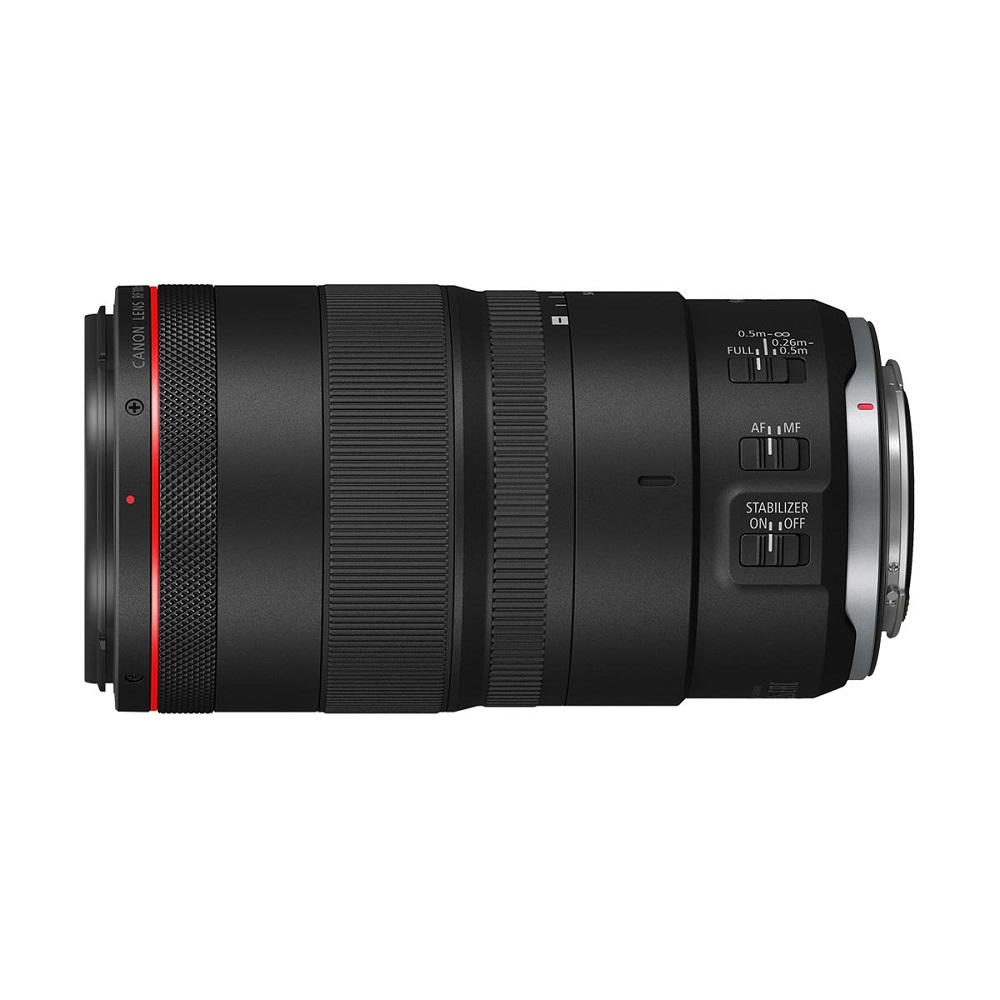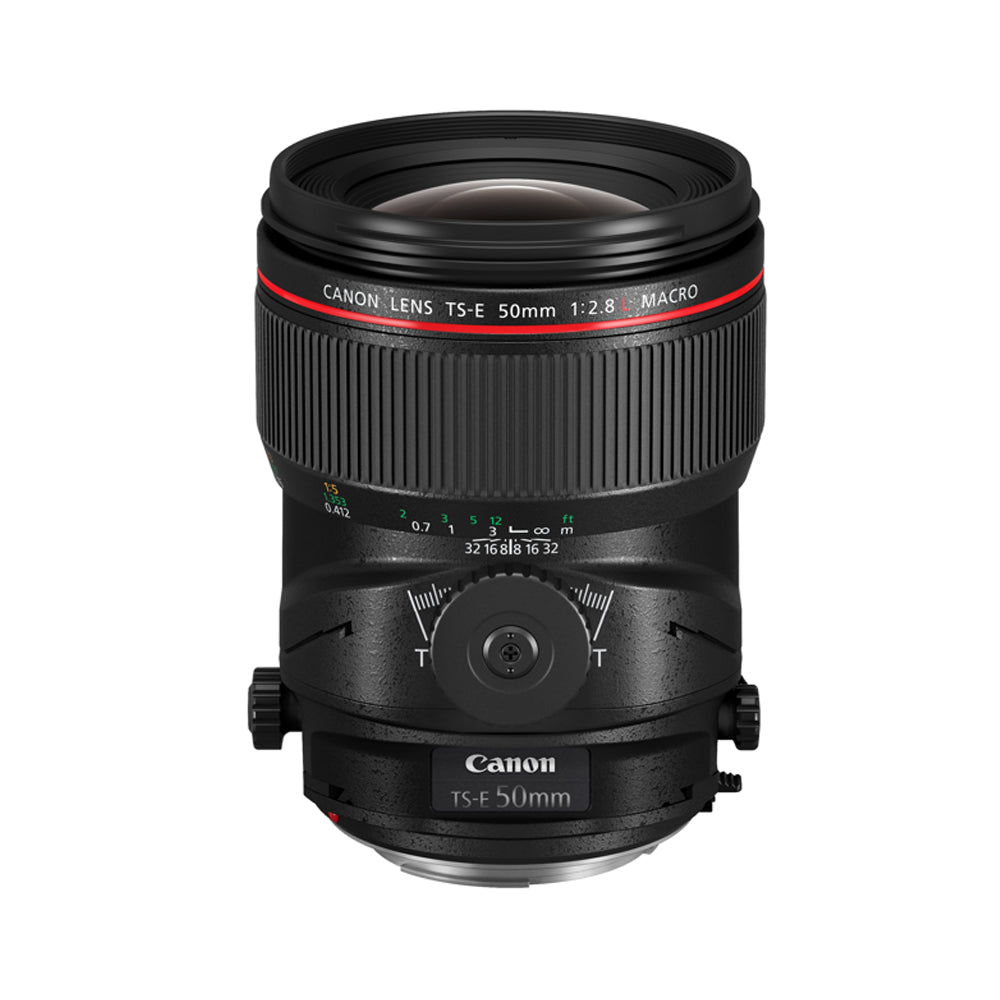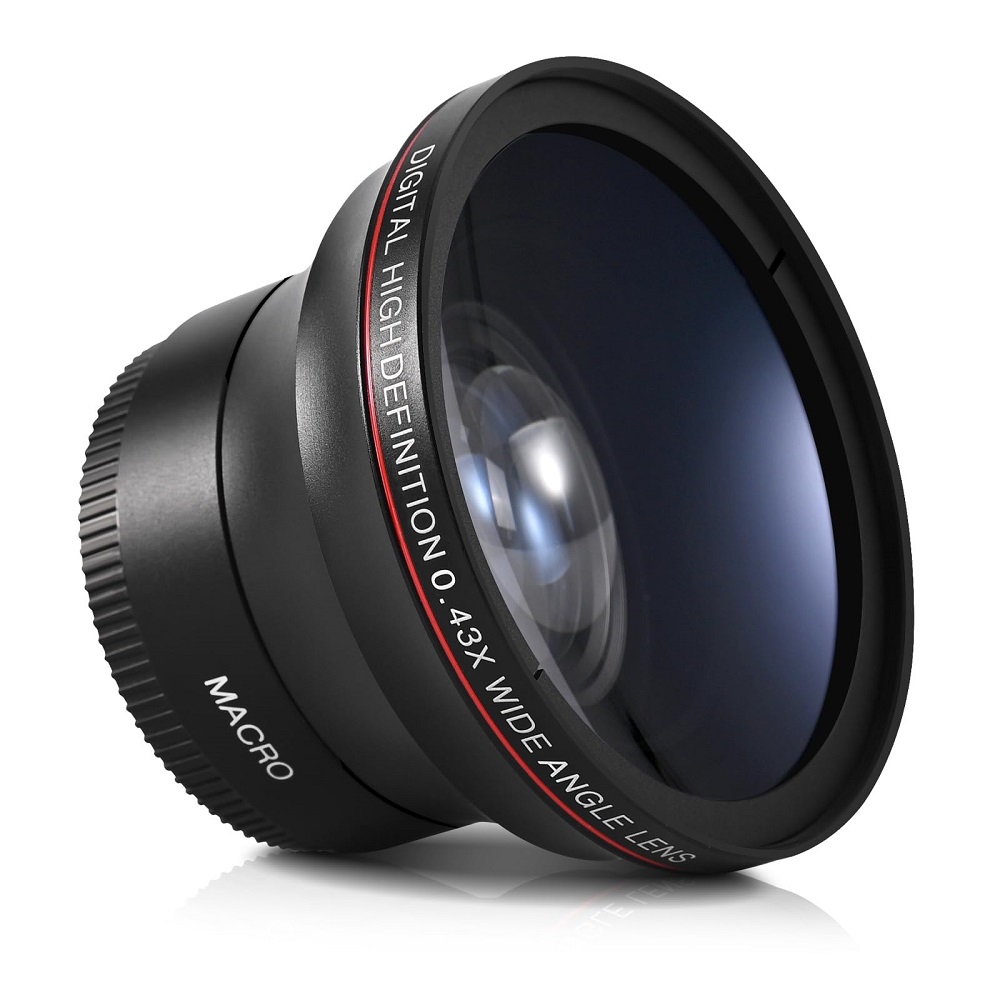Getting started with photography can be both exciting and overwhelming, especially when it comes to choosing the right lenses for your Canon camera. With a wide array of lenses available on the market, understanding the essentials helps you make thoughtful decisions that elevate your photography skills. This guide will introduce you to Canon lenses, key features to consider, and popular choices that every beginner should know about.
Understanding Lens Types
Prime vs. Zoom Lenses
When selecting a lens, you will often come across two main types: prime lenses and zoom lenses. Prime lenses have a fixed focal length, meaning they do not zoom in or out. They are known for their sharpness, low light performance, and often lighter weight. Common prime lens focal lengths include 35mm, 50mm, and 85mm, which are popular for portraits, street photography, and general use.
On the other hand, zoom lenses offer versatility through a range of focal lengths in one lens. For instance, a 18-55mm zoom lens can effectively cover wide-angle shots and medium telephoto images, making it suitable for various subjects, such as landscapes and portraits. While zoom lenses provide convenience, they may sacrifice some optical quality in comparison to prime lenses. Understanding these differences aids in determining which type suits your photography style.
Specialty Lenses
In addition to prime and zoom lenses, there are specialty lenses that serve specific photographic needs. Macro lenses are designed for extreme close-ups, perfect for capturing fine details in nature or product photography. Telephoto lenses, such as 70-200mm, allow you to capture distant subjects, making them great for wildlife or sports photography. Understanding these specialty lenses helps you build a more complete toolkit as your photography evolves.

Key Features to Consider
Aperture
Aperture affects how much light enters the lens and significantly impacts the depth of field in your images. A lens with a wider maximum aperture (smaller f-number, e.g., f/1.8 or f/2.8) allows more light to enter, ideal for low-light situations and creating a shallow depth of field for blurred backgrounds. This effect isolates the subject, making it pop in portraits or macro photography.
Conversely, a lens with a smaller aperture (larger f-number, e.g., f/4 or f/5.6) can provide a greater depth of field, keeping more of the scene in focus, which is beneficial for landscape photography. When shopping for lenses, pay attention to their aperture specifications based on the types of photography you plan to pursue.
Focal Length
Focal length defines the angle of view and the magnification of the subject. It is commonly expressed in millimeters (mm) and determines how ‘zoomed in’ your images will appear. Shorter focal lengths (like 24mm) are ideal for wide-angle shots, making them perfect for landscapes and architecture. Standard focal lengths, such as 50mm, mimic the human eye and work well for portraits and general photography. Longer focal lengths (like 200mm) enable you to capture far-off subjects with clarity, suited for wildlife or sports scenarios. Understanding focal length helps you choose lenses that best fit your creative vision.

Popular Canon Lenses for Beginners
Canon EF 50mm f/1.8 STM
Often referred to as the “nifty fifty,” the Canon EF 50mm f/1.8 STM is an excellent lens for beginners. Its wide aperture allows for beautiful background blur and great performance in low-light situations. The lens is lightweight, compact, and highly affordable, making it a perfect entry-level option. Photographers can use it for various types of photography, including portrait, street, and everyday shooting.
The 50mm focal length closely resembles that of the human eye, which means it delivers natural-looking images. The bonus of its versatility makes it a staple in many photographers’ kits, allowing you to explore a range of styles without needing multiple lenses right away.
Canon EF-S 18-55mm f/3.5-5.6 IS II
Another fantastic choice for beginners is the Canon EF-S 18-55mm f/3.5-5.6 IS II zoom lens. This lens is often bundled with Canon’s entry-level DSLRs, making it an accessible option for new photographers. It covers a wide range of focal lengths, allowing you to capture everything from group photos to scenic landscapes. The image stabilization (IS) feature helps reduce camera shake, producing sharper images at slower shutter speeds.
The versatility of the 18-55mm zoom lens means you won’t have to switch lenses as often, which is especially useful during events or when capturing spontaneous moments. Its compact size adds to its appeal, making it a practical companion for travels or outings.

Understanding Lens Compatibility
Canon Camera Systems
Canon offers both full-frame and crop sensor cameras, and it’s crucial to choose lenses compatible with your specific camera type. Lenses labeled as EF are designed for full-frame cameras, while EF-S lenses are built for Canon’s crop sensor cameras. Using an EF-S lens on a full-frame camera usually results in vignetting, where the image corners get dark.
If you’re starting with a Canon crop sensor camera (like the EOS Rebel series), you’ll find that EF-S lenses provide optimal performance and are often more affordable. As you progress and perhaps upgrade to a full-frame body, you can still rely on EF lenses from your existing collection.
Third-Party Lens Options
While Canon lenses are excellent, many third-party manufacturers also create compatible lenses for Canon cameras. Brands like Sigma, Tamron, and Tokina offer high-quality lenses that might provide additional features at competitive prices. Researching third-party options can give you more flexibility in building your camera kit and may save you money while achieving the same results.
Maintaining Your Lenses
Regular Cleaning and Care
Proper care and maintenance of your lenses are essential to ensure they remain in optimal condition. Dust, fingerprints, and smudges can affect image quality, so cleaning lenses regularly becomes crucial. Use a soft microfiber cloth to gently wipe the lens glass, and avoid using paper products that could scratch the surface. Additionally, invest in a lens brush or air blower to remove dust and debris effectively.
It’s also essential to keep your lens caps on when the lens is not in use. This simple practice protects the glass from scratches and environmental factors that could harm its integrity. Storing your lenses in a dry, controlled environment reduces the risk of fungus or mold developing, especially in humid conditions.
Understanding Warranty and Repairs
Understand the warranty and repair options for your lenses, particularly if you notice any issues such as image quality degradation or mechanical problems. Always check the manufacturer’s warranty policies to ensure you’re covered in the event of defects. If you ever need repair services, sticking with authorized repair centers or Canon’s service options will help maintain the quality of your lenses.

Exploring Accessories to Enhance Your Photography
Filters and Lens Hoods
In addition to lenses, consider exploring accessories that enhance your photographic experiences. Filters can alter the light entering your lens, helping you achieve various effects. For example, a polarizing filter reduces reflections while enhancing colors, making it particularly useful in landscape photography. A neutral density (ND) filter allows you to shoot long exposures in bright light, achieving that silky-water effect in your images.
Lens hoods are also valuable accessories that help minimize lens flare and improve contrast. They protect the front element of your lens from accidental bumps and scratches. Investing in these accessories can elevate your photography while providing added protection to your gear.
Tripods and Stabilizers
For those keen on capturing sharp images, especially in low-light situations, using a tripod can be invaluable. It stabilizes your camera, preventing movement during longer exposures. Additionally, if you shoot videos, consider using a gimbal or a stabilizer to create smooth footage. Both tripods and stabilizers can significantly impact the quality of your captures, providing you with opportunities to experiment creatively.
Continuing Your Photography Journey
Learning and Experimenting
Once you’ve selected your lenses and accessories, the next step is to dive into learning. Photography is as much about technical skills as it is about creativity. Start by experimenting with different settings on your camera and various lenses. Practice composition techniques and explore different styles of photography to discover what you enjoy most.
Online resources, photography courses, and communities can provide valuable education and feedback. Joining local photography groups or workshops allows you to meet other enthusiasts, share experiences, and gain insights. Engaging with fellow photographers enriches your learning experience and can provide the motivation you need to further improve your skills.
Setting Goals
As you gain confidence, set specific goals for your photography journey. Whether it’s mastering portrait photography, learning about low-light techniques, or exploring landscape photography, having clear objectives can guide your learning process. Consider keeping a photography journal to track your progress and document your experiences. This practice not only keeps you motivated but also creates a visual timeline of your growth as a photographer.

Choosing the right Canon lenses is crucial for beginners eager to explore the world of photography. By understanding lens types, important features, and compatibility, you equip yourself with the knowledge necessary to make informed decisions. Investing in popular beginner options like the Canon EF 50mm f/1.8 STM and the EF-S 18-55mm f/3.5-5.6 IS II can help you kickstart your photography journey effectively.
As you dive deeper into your craft, remember to maintain your gear and explore accessories that can elevate your photography. Learning and practicing different techniques will help you grow as a photographer. Set goals for yourself, interact with fellow photography enthusiasts, and keep challenging your skills to see steady improvement in your work. Ultimately, the right lenses, combined with your passion and dedication, will lead you on a fulfilling photography journey with your Canon camera. Enjoy every moment behind the lens and unleash your creativity!